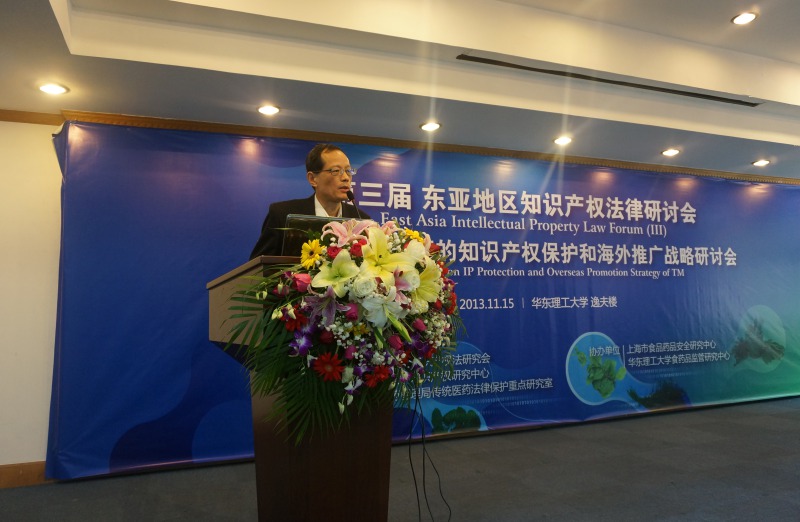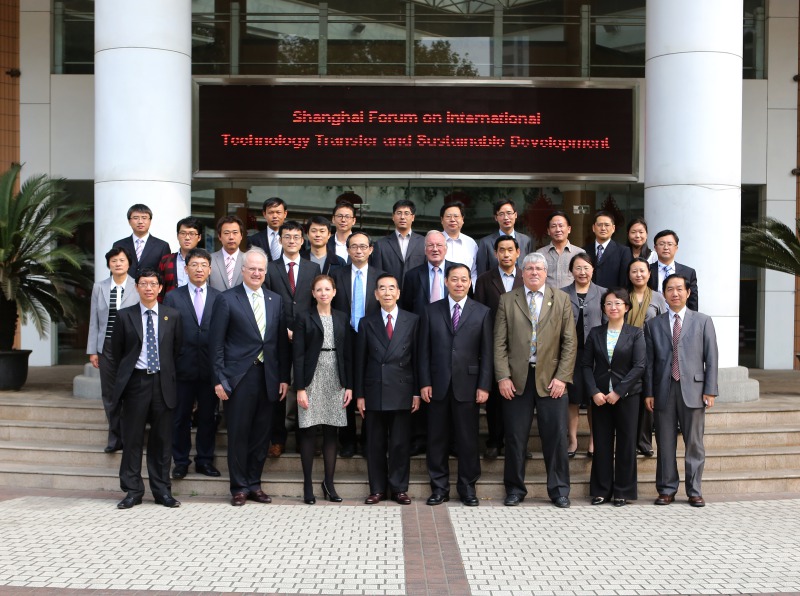The development status of transgenic insect-resistant crops in China
Recently, the institute of plant protection, Chinese academy of agricultural sciences, systematically analyzed the research and development status and application experience of transgenic insect-resistant crops in China, and discussed the development prospects, challenges and countermeasures. The findings were published online in the Annual Review of Entomology.
With the continuous improvement of China's economic development and people's living standards, improving the level of agricultural development and ensuring food security has become a major problem. The development of modern agricultural biotechnology has brought an opportunity for the sustainable development of agriculture in China. However, due to the lack of public understanding of genetically modified organisms and other factors, China stops at the commercialization of genetically modified crops in the form of transgenic insect-resistant cotton flowers, and the commercialization of other important genetically modified crops, such as insect-resistant maize and rice.
The paper analyzed the ecological, economic and social benefits brought by Bt cotton commercial cultivation and the prospect economic and social and ecological benefits of transgenic insect-resistant maize, rice and other major crops commercialization. The scientific and rational layout of transgenic insect-resistant crops on major move of flying insects regional governance and the importance of cross-border prevention and control was discussed for the first time. Finally, the research discussed the strategies for further improving the development and application of biotechnology. The relevant Suggestions not only have important guiding significance for promoting the development of agricultural biotechnology in China, but also have important reference value for other developing countries.
Source:http://news.foodmate.net/wap/index.php?itemid=537309&moduleid=21
Time: 2019.10.18
next:Using octopus to deliver genetic drugs into the eyes


